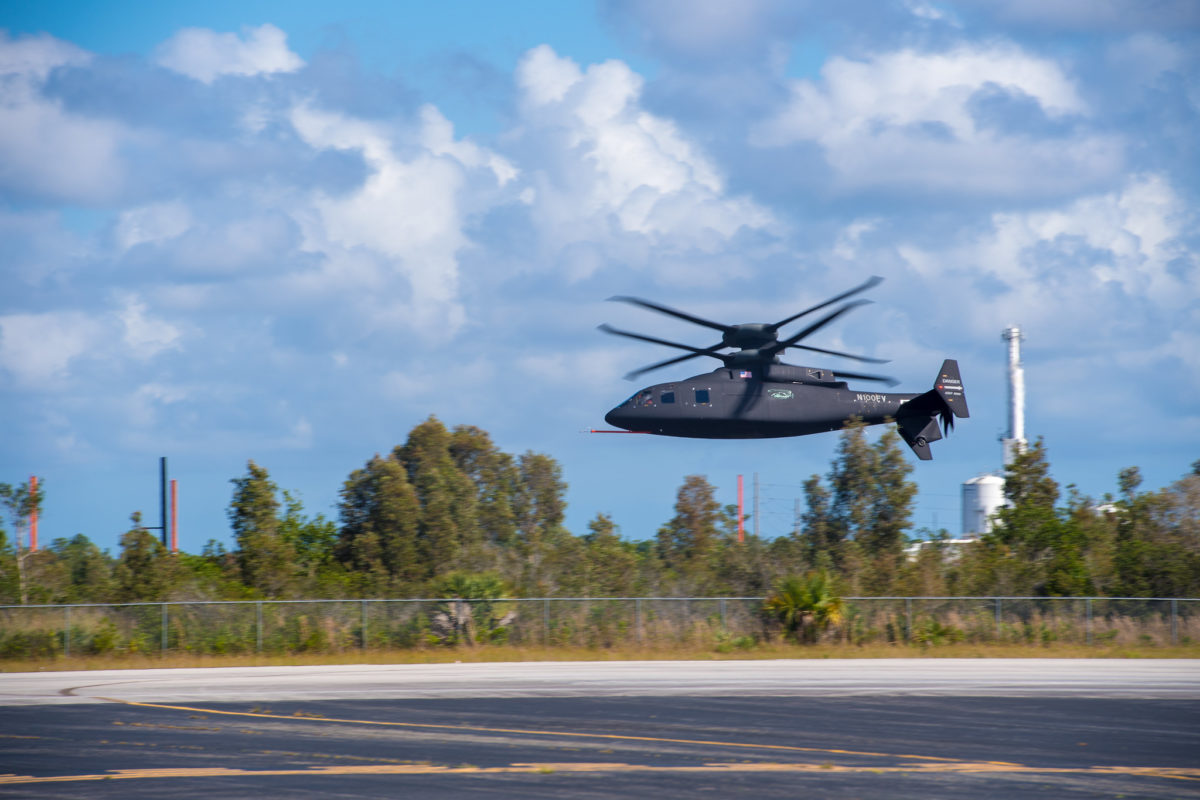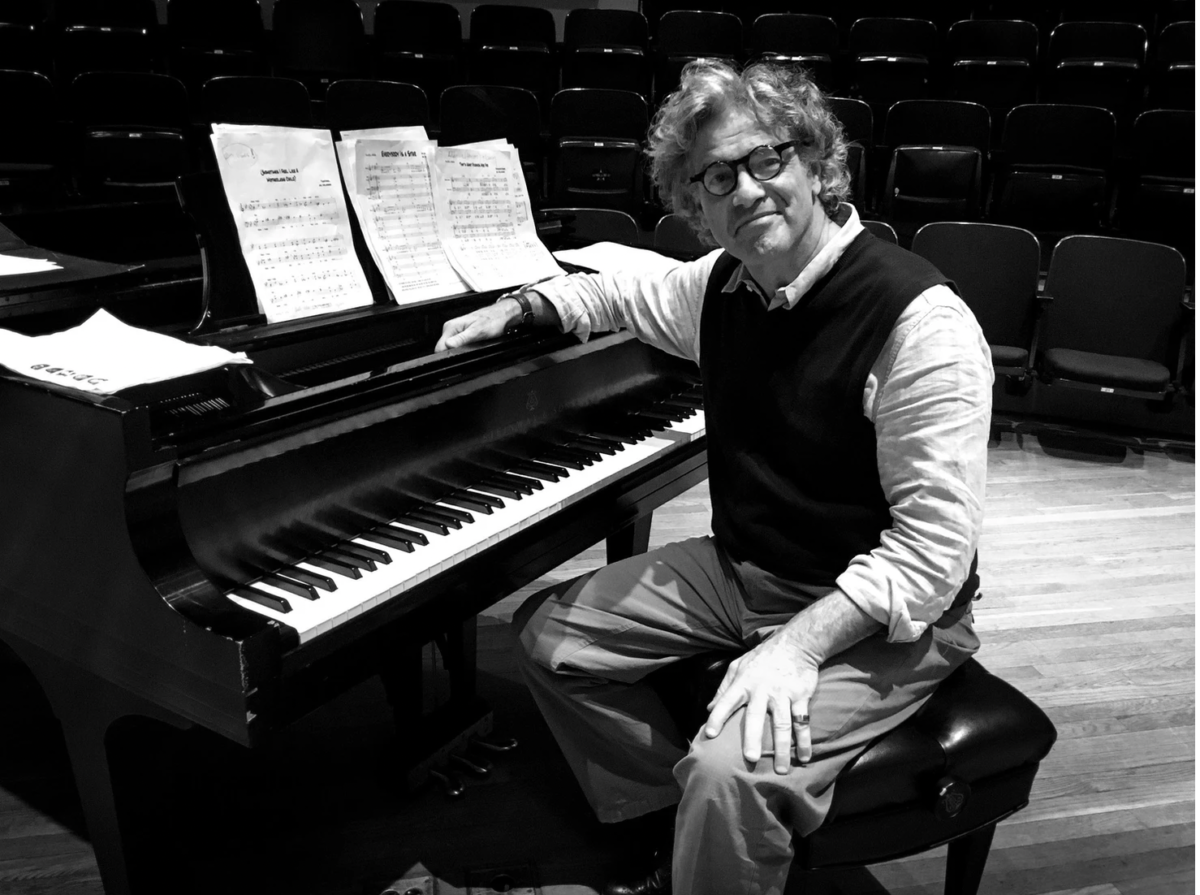Governor Ned Lamont and Sikorsky Aircraft President Paul Lemmo announced an agreement that would keep the company’s corporate headquarters in Stratford until at least 2042 while it is in pursuit of two separate U.S. military aircraft lines that would be manufactured in the state.

Sikorsky, a subsidiary of Lockheed Martin, stands to receive up to $75 million in incentives, depending on the size of the military contract they receive, while bringing in up to 7,000 direct jobs and supporting further jobs at 242 Connecticut-based businesses that act as its suppliers.
The projected benefit for the state’s GDP over the 20-year period outlined in the agreement is over $80 billion, according to Commissioner of the Department of Economic and Community Development David Lehman.
The agreement requires legislative approval and is also contingent upon Sikorsky winning its bid for the military’s Future Vertical Lift program. However, Lamont is confident on both counts and described a previous meeting with the legislative leadership, Stratford’s delegation in Hartford and the heads of the finance and commerce committees as having gone very well, adding the bid itself was “extraordinarily competitive.”
“It’s worth remembering that Sikorsky has been an amazing partner, an anchor tenant, for the state of Connecticut going on almost a hundred years,” Lamont said.
Lamont also noted that the company’s founder, Igor Sikorsky, was born in Kiev as a subject of the Russian Empire — today, the city is known as Kyiv and is the capital of Ukraine. Sikorsky immigrated to the U.S. shortly after the Russian Revolution and founded his second aircraft company in 1923. After moving to Stratford, Sikorsky manufactured the R-4, the world’s first mass produced helicopter.
The two lines of aircraft proposed in the bid for the Future Vertical Lift program are based on X2 technology: the proposed SB-1 Defiant is a replacement for the workhorse UH-60 Blackhawk currently produced by Sikorsky and the smaller Raider X is used for a scout and light attack role. Both feature three rotors, two rotating in opposite directions to provide increased vertical lift and a third at the rear to reach speeds significantly higher than traditional helicopters can achieve.
Bell Textron is also producing both competing bids. The Bell 360 Invictus is a more traditional helicopter for the scout role, while the V-280 Valor is a tilt-rotor developed from the V-22 Osprey already in service though in far smaller numbers than the Sikorsky Blackhawk.
Lockheed Martin stands to win a contract of some size, no matter which designs win the military competition in 2023 because it also produces the avionics for the V-280.
“Our collaboration with the State of Connecticut and Governor Ned Lamont on this project will sustain and help bring more high-tech, high-paying jobs to the state, while bolstering Connecticut’s leadership in aerospace production for decades to come,” said Lemmo in a press statement.
“This is an incredible opportunity for us to collaborate with one of our largest employers to make sure the next generation of helicopters are done here in the state,” said Lehman. “This is a tremendous opportunity for Connecticut for generations to come.”
Photo: The SB-1 Defiant in a test flight at Sikorsky’s Stratford headquarters. Photo courtesy of Sikorsky.






















